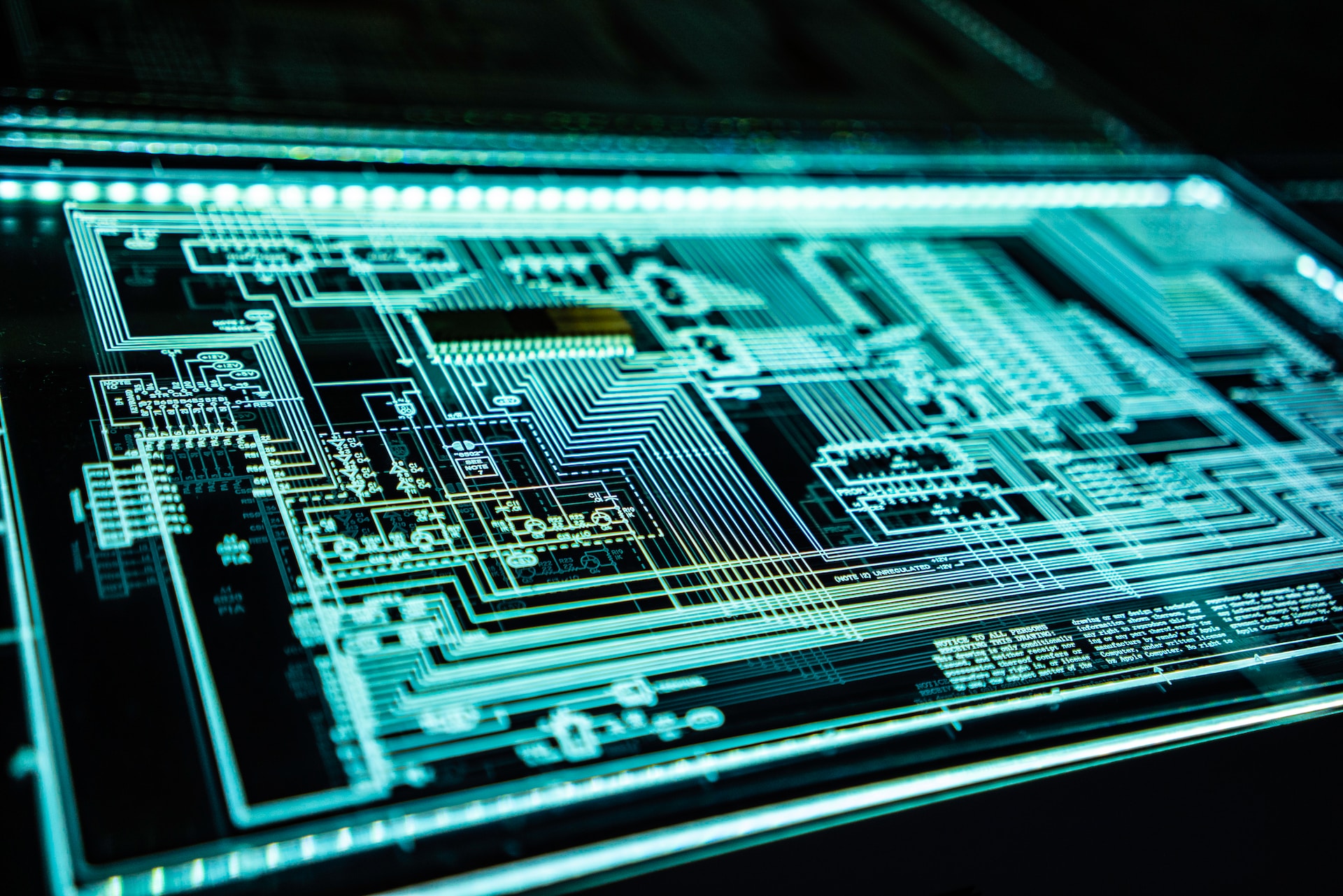 src: unsplash.com
src: unsplash.com
As a futurist, it is my job to look ahead, therefore I cover the developing tech trends that will shape our digital world over the next year.
Which technology are getting the greatest popularity? What are the most essential trends that company leaders should be aware of?
1. AI everywhere.
In 2023, artificial intelligence will become a reality in organizations. No-code AI, with its simple drag-and-drop interfaces, will allow any company to use its resources to produce more intelligent goods and services.
This is already a trend in the retail business. Stitch Fix employs AI-enabled algorithms to select items that fit its customers' sizes and preferences.
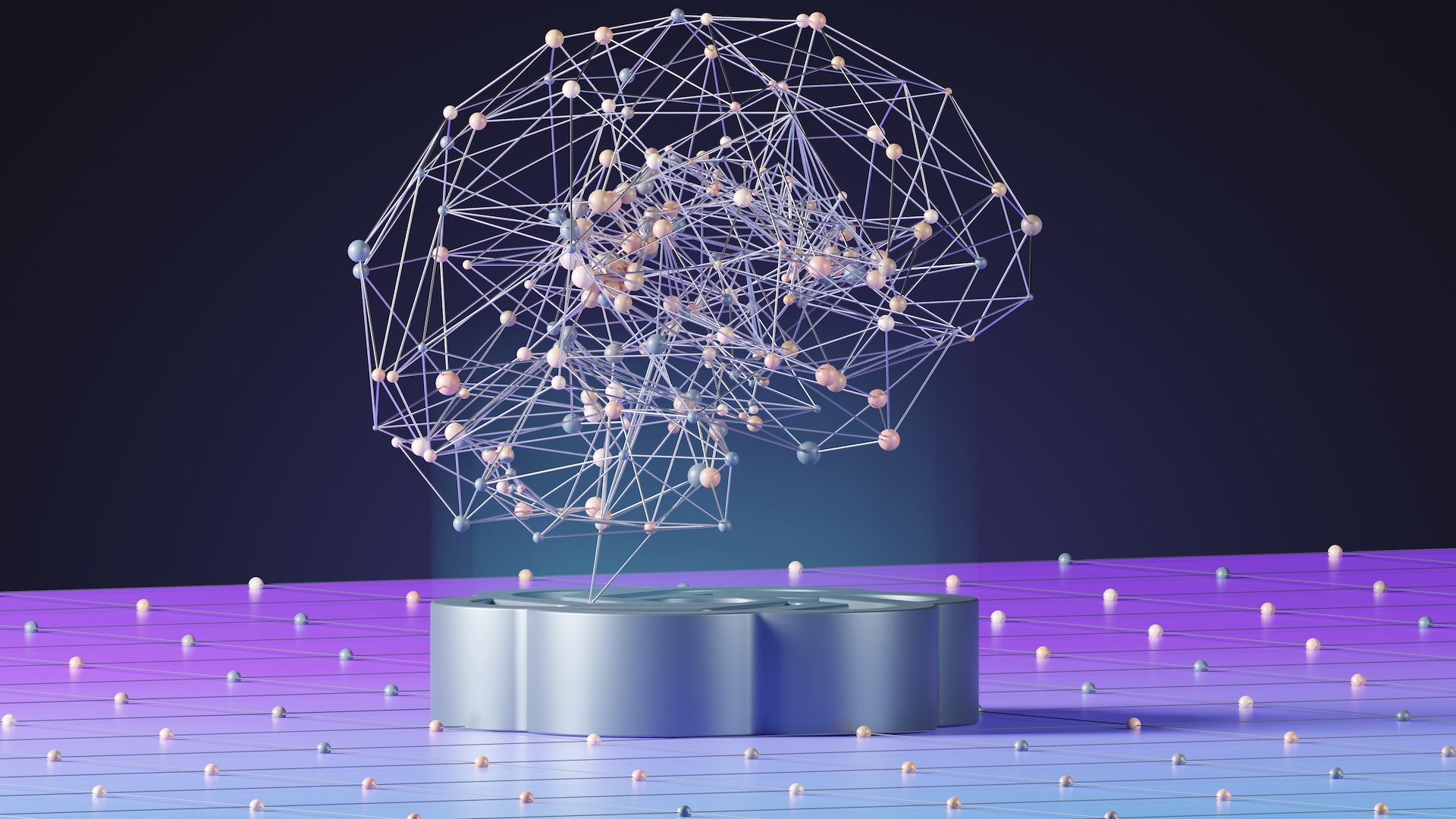 src: unsplash.com
src: unsplash.com
Contactless, autonomous shopping and delivery will also be popular in 2023. Artificial intelligence will make it easier for consumers to pay for and receive goods and services.
AI will also augment practically every employment and business process across industries. As more retailers employ AI to manage and automate the complicated inventory management operations that occur behind the scenes, convenience trends such as buy-online-pickup-at-curbside (BOPAC), buy-online-pickup-in-store (BOPIS), and buy-online-return-in-store (BORIS) will become the norm.
AI will also power the latest autonomous delivery projects that retailers are testing and implementing, and an increasing number of retail employees will need to become accustomed to working alongside machines to complete their jobs.
2. Parts of the Metaverse Will Be Real.
I don't particularly like the phrase "metaverse," but it's become shorthand for a more immersive internet in which we may work, play, and socialize on a persistent platform.
Experts believe that the metaverse will add $5 trillion to the world economy by 2030, with 2023 determining the metaverse's course for the next decade.
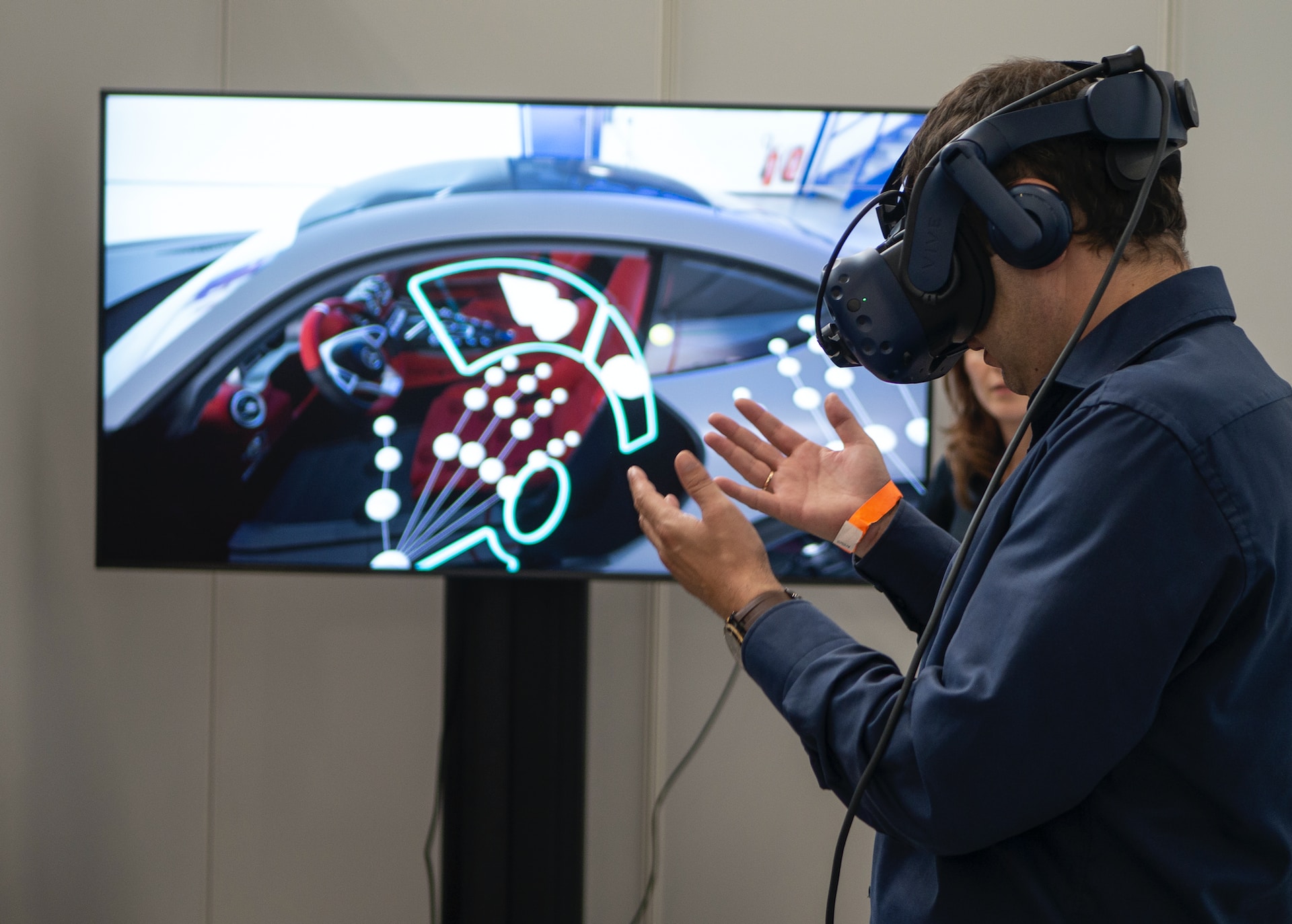 src: unsplash.com
src: unsplash.com
AR and VR technology will continue to progress. One area to keep an eye on is the metaverse's work environment; I believe that by 2023, we'll have more immersive meeting spaces where we can communicate, collaborate, and co-create together.
In fact, Microsoft and Nvidia are already working on metaverse systems for collaborative digital projects.
In addition, we should expect more advanced avatar technologies in the coming year. An avatar, which is the presence we project when we interact with other users in the metaverse, could appear exactly like us in real life, and motion capture could even allow our avatars to adopt our unique body language and gestures.
We may also see more advancements in AI-enabled autonomous avatars that can serve as our representations in the metaverse even when we are not signed in.
Companies are already embracing metaverse technologies, such as AR and VR, for training and onboarding, and this trend is expected to accelerate by 2023. Accenture, the consulting firm, has already constructed a metaverse environment known as the Nth Floor. This virtual world includes copies of real-world Accenture workplaces, allowing new hires and current workers to do HR-related duties without having to visit a physical office.
3. Progress in Web3
Blockchain technology will also improve dramatically in 2023, as businesses develop more decentralized products and services.
 src: Unsplash.com
src: Unsplash.com
For example, we currently store everything in the cloud; however, if we decentralize data storage and encrypt that data with blockchain, our information will not only be secure, but we will also have new ways to access and analyze it.
Non-fungible tokens (NFTs) will become more accessible and useful in the coming year. For example, NFT tickets to concerts may grant you access to backstage experiences and artifacts. NFTs might be the keys we use to interact with many of the digital items and services we purchase, or they could represent contracts we make with other parties.
4. Connecting the digital and physical worlds
We are already seeing an increasing connection between the digital and physical worlds, and this trend is expected to continue in 2023. This merging has two components: digital twin technology and 3D printing.
 src: unsplash.com
src: unsplash.com
Digital twins are virtual models of real-world processes, operations, or products that can be used to validate innovative concepts in a secure digital environment. Designers and engineers are employing digital twins to duplicate tangible products within virtual environments, allowing them to test under all possible conditions without incurring the expensive expenditures of real-world research. In 2023, we'll see even more digital twins in industries, machines, autos, and precision healthcare.
After virtual testing, engineers can change and edit components before 3D printing them in the actual world.
For example, Formula One teams now collect data supplied from sensors during races, as well as race track temperatures and weather conditions, to determine how cars change during races. The data from the sensors is then streamed to digital twins of the engines and car components, which are run through scenarios to make design adjustments on the fly. Following their testing, the teams 3D print car parts.
5. Increasingly editable nature.
We shall live in a world where we can manipulate materials, plants, and even humans. Nanotechnology will allow us to develop materials with entirely new properties, such as water resistance and self-healing capabilities.
 src: unsplash.com
src: unsplash.com
CRISPR-Cas9 has been around for a few years, but in 2023, gene editing technology will accelerate, allowing us to "edit nature" by altering DNA.
 src: unsplash.com
src: unsplash.com
Gene editing is similar to word processing in that it allows you to remove certain words while adding others — but it is done with genes. Gene editing can be used to rectify DNA abnormalities, eliminate food allergies, improve crop health, and even change human traits such as the eye and the hair color.
6. Quantum Progress.
Currently, there is a global competition to build quantum computing at scale.
 src: unsplash.com
src: unsplash.com
Quantum computing, which harnesses subatomic particles to generate new ways of processing and storing information, is a technological leap that is projected to result in computers that can operate trillions of times faster than the fastest classical processors available today.
The potential threat of quantum computing is that it might render our existing encryption procedures obsolete, allowing any government that develops quantum computing on a large scale to break the encryption of other nations, businesses, security systems, and more. This is a trend to keep an eye on in 2023 as countries such as the United States, United Kingdom, China, and Russia invest heavily in the development of quantum computing technology.
7. Developments in Green Technology
One of the most pressing issues facing the globe today is reducing carbon emissions in order to address the climate problem.
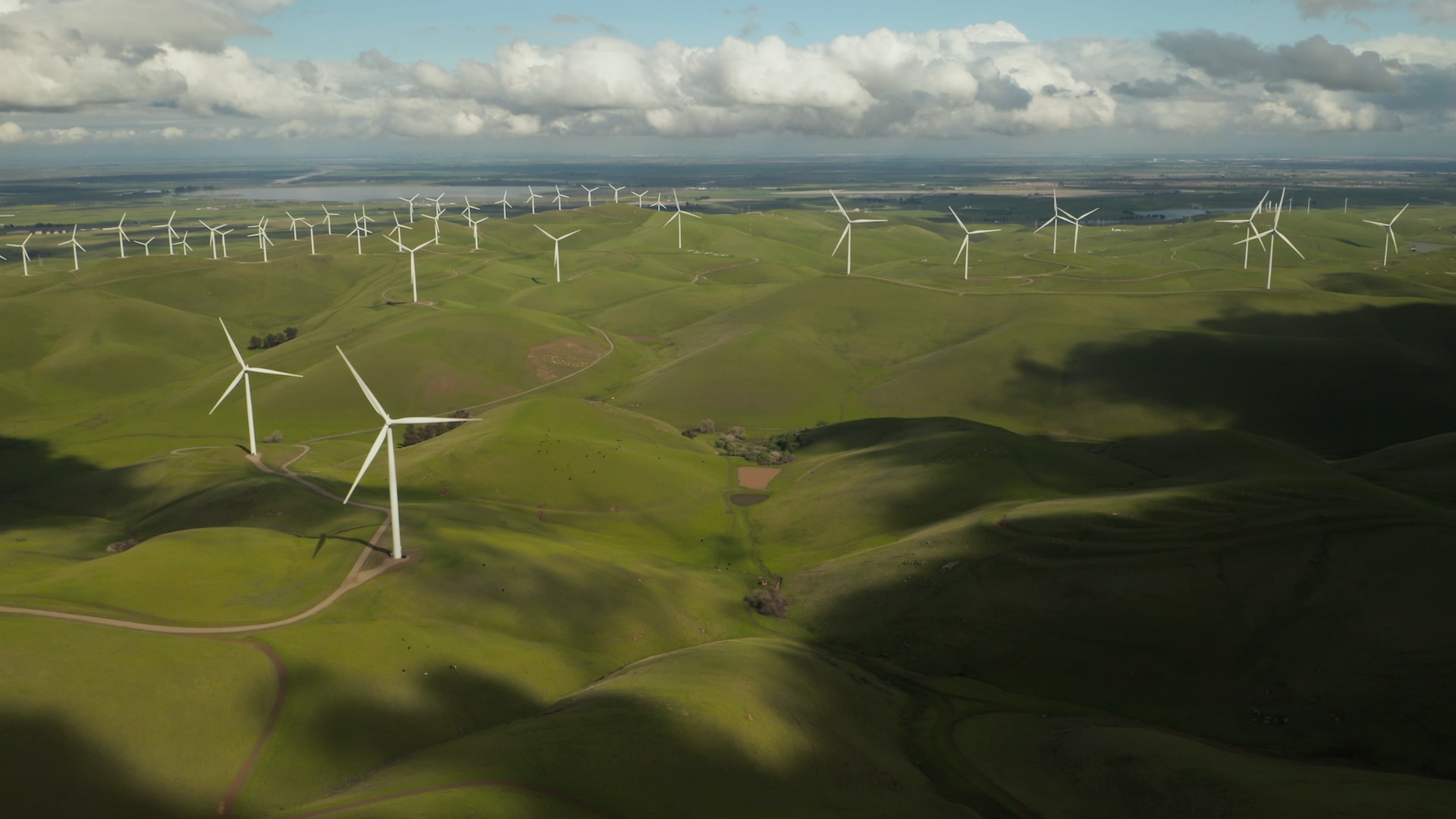 src: unsplash.com
src: unsplash.com
In 2023, expect more advancement in green hydrogen, a new clean-burning energy source with near-zero greenhouse gas emissions. Shell and RWE, two of Europe's largest energy corporations, are building the first significant green pipeline from North Sea wind farms.
We should also expect advancements in the creation of decentralized electricity grids. This concept of distributed energy generation creates a network of small power producers and storage units positioned in communities or individual homes, allowing them to provide electricity even when the main grid is unavailable. Our energy system is currently dominated by large gas and energy firms, but decentralized energy initiatives have the ability to democratize power globally while reducing carbon emissions.
8. Robots Will Be More Human.
Robots will resemble humans significantly more by 2023, both in look and capability. These robots will be deployed in the real world as event greeters, bartenders, concierges, and companions for the elderly. They will also conduct difficult jobs in warehouses and factories as they collaborate with humans in manufacturing and logistics.
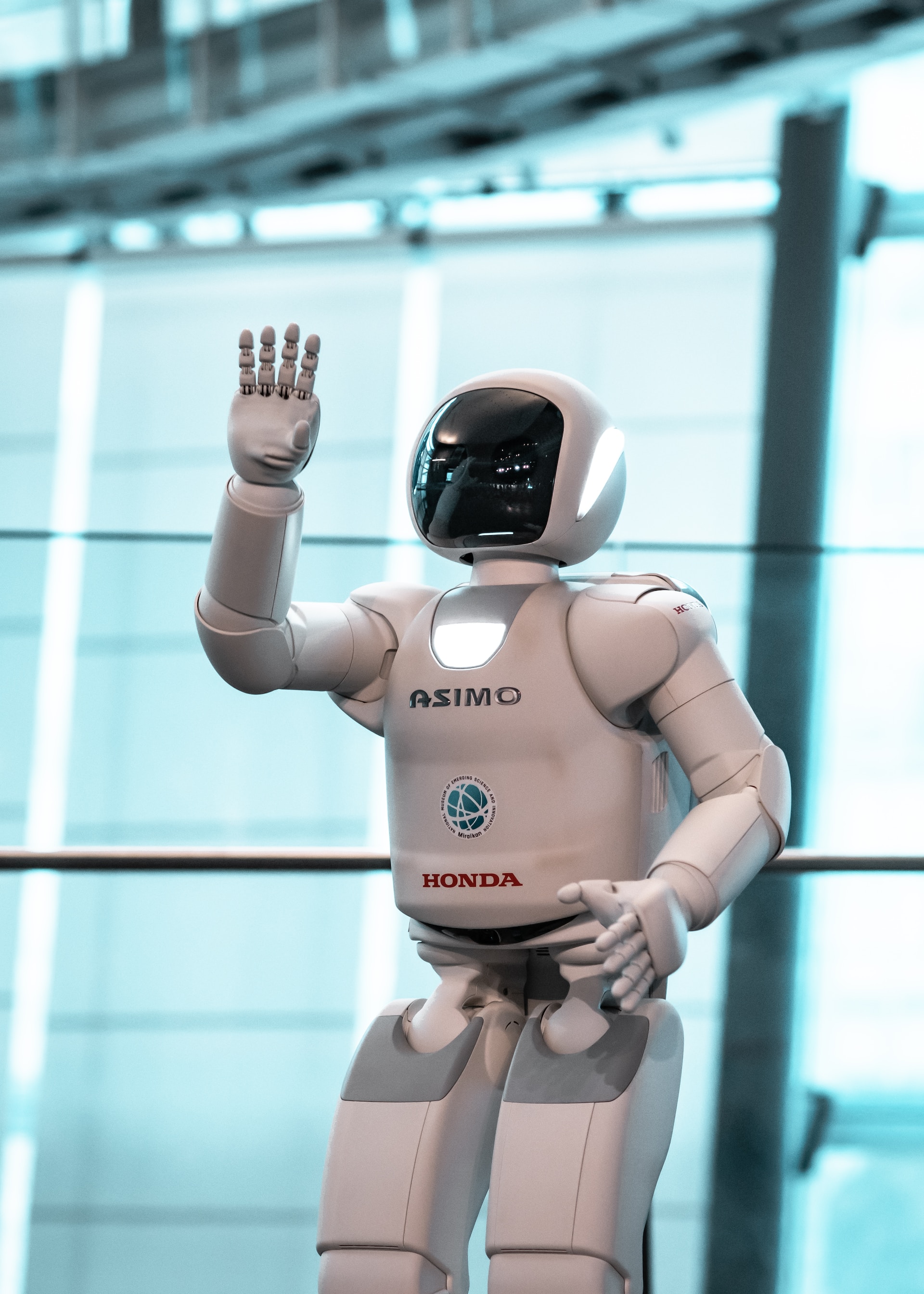 src: unsplash.com
src: unsplash.com
One company is working hard to develop a human-like robot that can operate in our homes. At Tesla AI Day in September 2022, Elon Musk unveiled two Optimus humanoid robot prototypes and stated that the firm would be ready to take orders within the next 3 to 5 years. The robot can do simple things like move items and water plants, so perhaps we'll soon be able to have "robot butlers" to help around the house.
9. Developments in Autonomous Systems
Business leaders will continue to make advances in developing autonomous systems, notably in delivery and logistics. Many industries and warehouses have already achieved partial or full autonomy.
In 2023, there will be even more self-driving trucks and ships, as well as delivery robots, and more warehouses and factories will use autonomous technology.
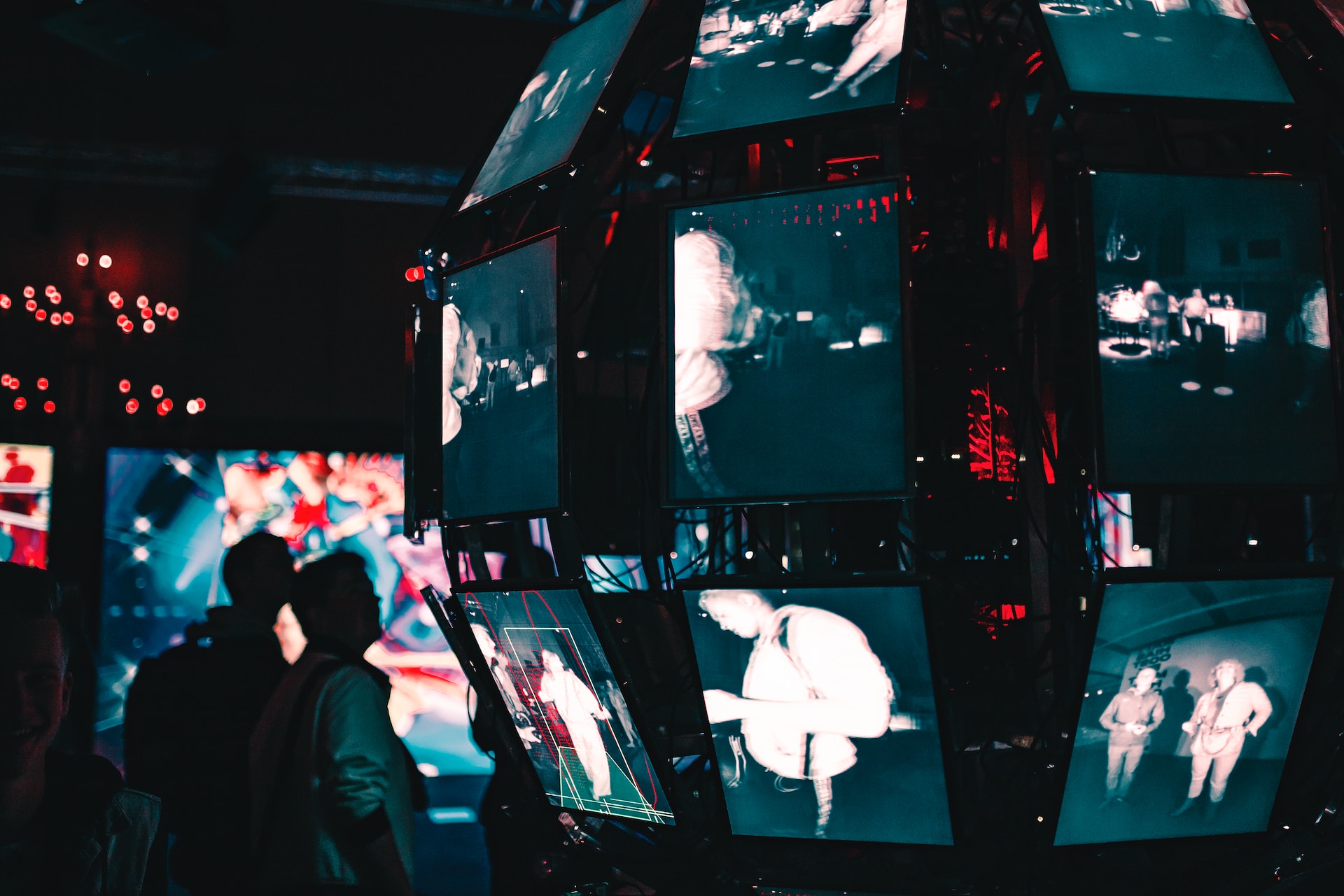 src: unsplash.com
src: unsplash.com
Ocado, a British online supermarket that calls itself "the world's largest dedicated online grocery retailer," sorts, lifts, and moves groceries with the help of thousands of autonomous robots in its highly automated facilities. The warehouse also employs AI to position the most popular things within easy reach of the robots. Ocado is now bringing the autonomous technology that powers their successful facilities to other food merchants.
10. More sustainable technology.
Finally, by 2023, there will be a drive for more sustainable technologies. Many (if not most) of us are addicted to technology such as smartphones, tablets, and computers, but where do the components for these devices come from? People will be thinking more about where rare earth components for computer chips come from and how we use them.
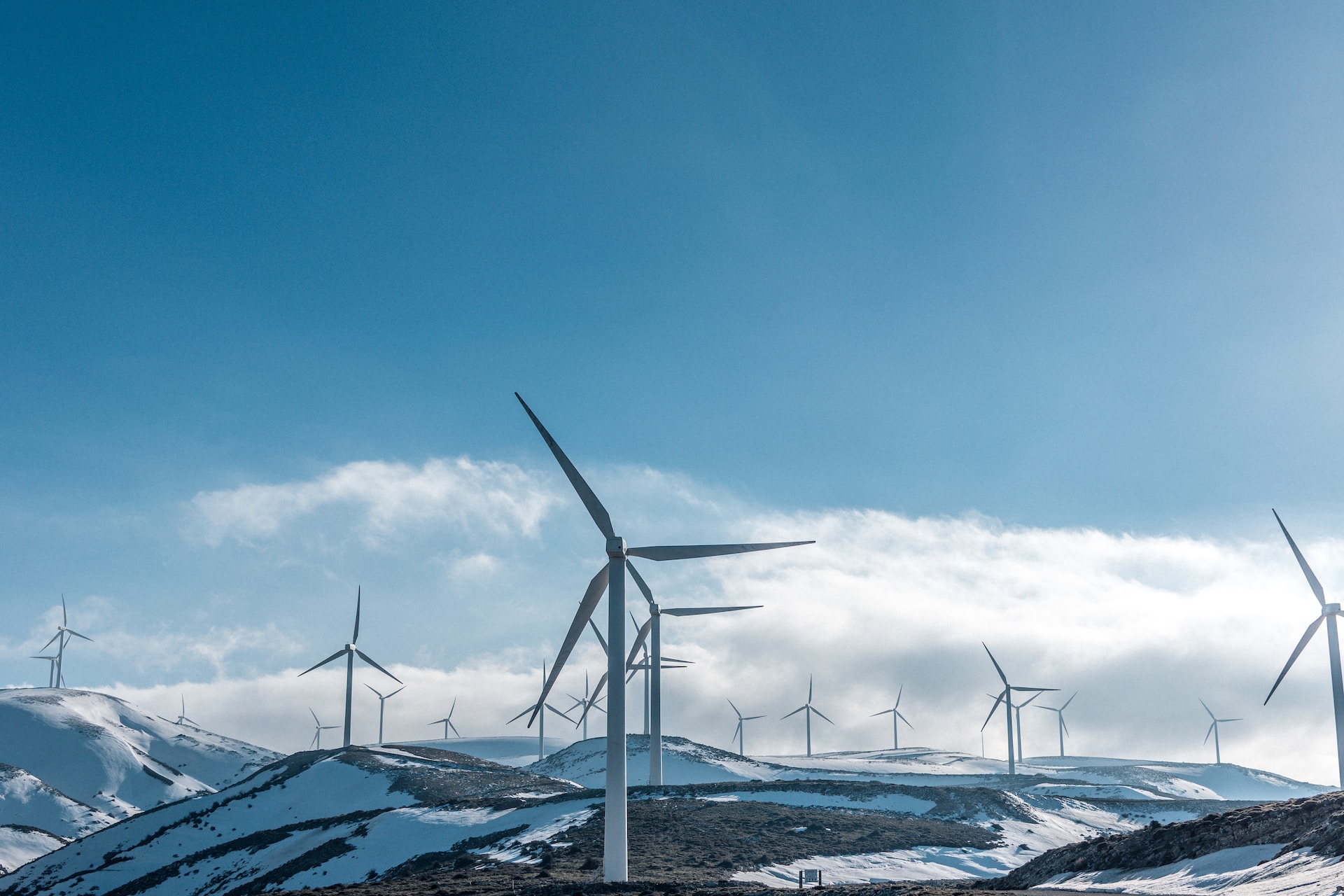 src: unsplash.com
src: unsplash.com
We also use cloud services such as Netflix and Spotify, which are still housed in massive data centers that require enormous amounts of electricity.
In 2023, there will be a sustained drive to make supply chains more transparent, as customers demand that the products and services they invest in are energy efficient and backed by more sustainable technologies.


You must be logged in to post a comment.